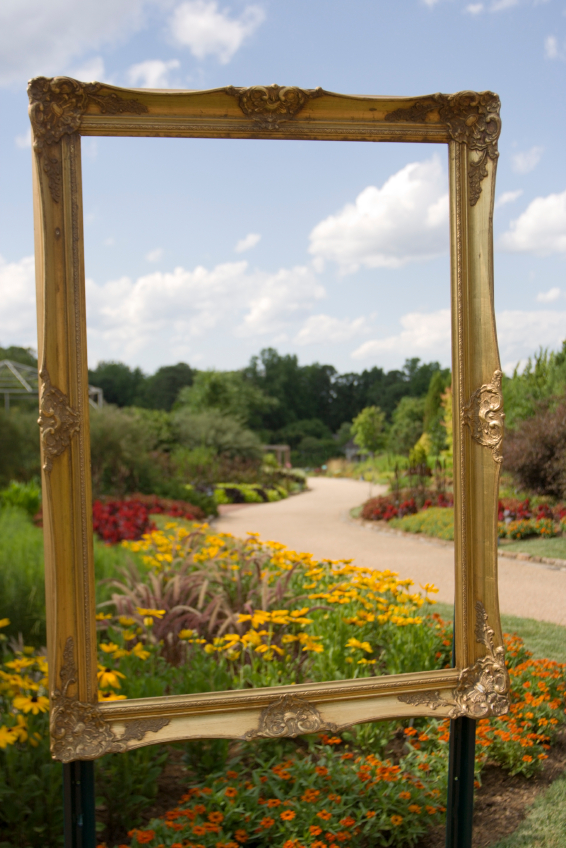Spending time outdoors for fresh air and some vitamin D is good for the overall health of young and old alike but for seniors with dementia, a walk in the park may not be quite as simple as we might think. It is easy for cognitively impaired elderly people to become disoriented and lost or eat plants that can be poisonous. Specifically designed wander gardens, often adjacent to assisted living residences for dementia patients, create a safe, enclosed outdoor area.
The gardens are cleverly designed with all paths leading back to an entrance, are securely enclosed and stocked with entirely edible plants. The freedom to wander outdoors has been found to reduce agitation and improve mood, lessen inappropriate behaviors and raise quality of life for dementia patients. Studies have also made a connection between pain reduction and regular access to a natural setting.
Key Design Elements
- A figure eight looped path or similar path that always leads back to the residence is a good design for a wander garden.
- Maintain good visibility for caregivers with low plantings
- Place benches or other seating option along the pathway for resting
- Raised gardens allow for easy tending and planting of garden
- A gazebo or other shelter from sun, rain or wind is ideal
- Ensure all plants are safe to consume
- Fragrant and brightly colored plants and herbs can enhance sensory enjoyment of the garden
- Keep wheelchair accessible paths smooth, wide, level and without glare
- Ensure a bathroom is nearby
- Enclose garden with secure fencing
To learn more about the benefits and design of wander gardens and horticultural therapy visit the American Society of Landscape Architects website at https://www.asla.org/ContentDetail.aspx?id=39555 .
Wander gardens - brilliant idea for facilities! Share on X





Add Your Voice
0 Comments
Join the Discussion